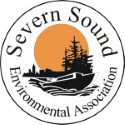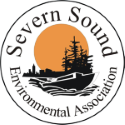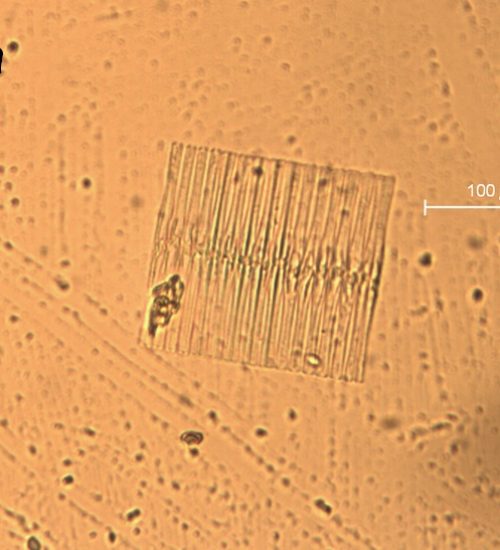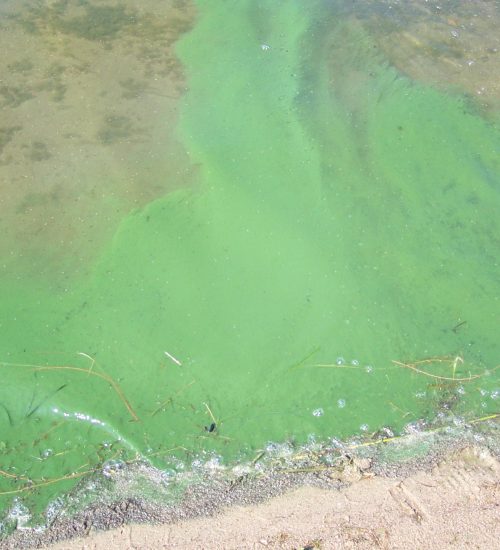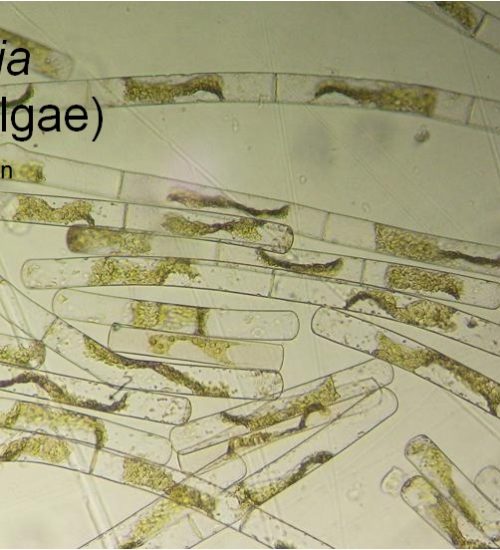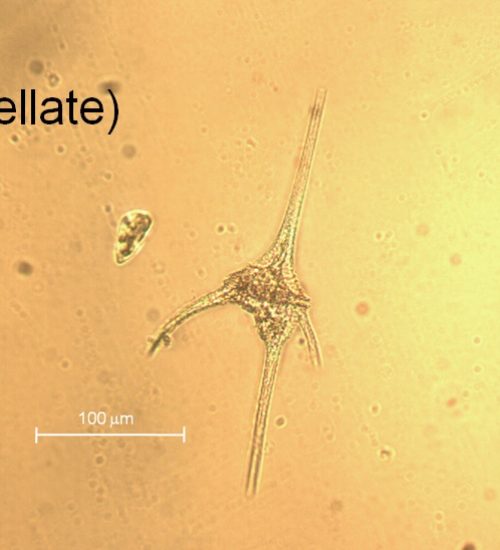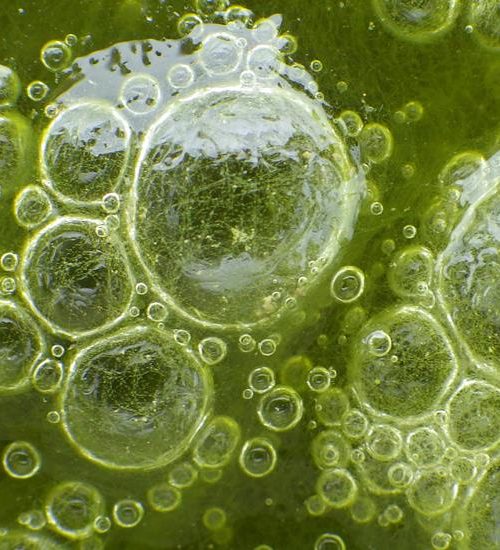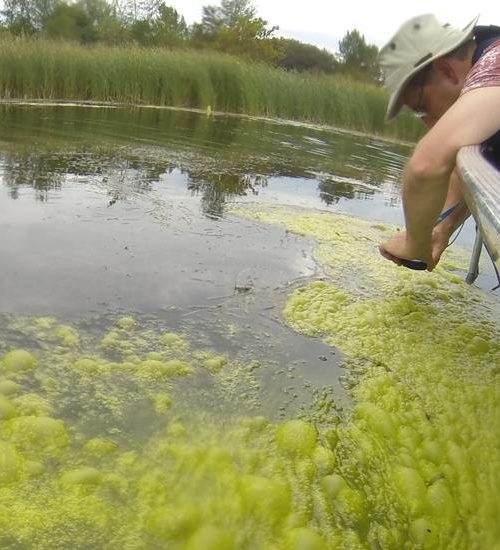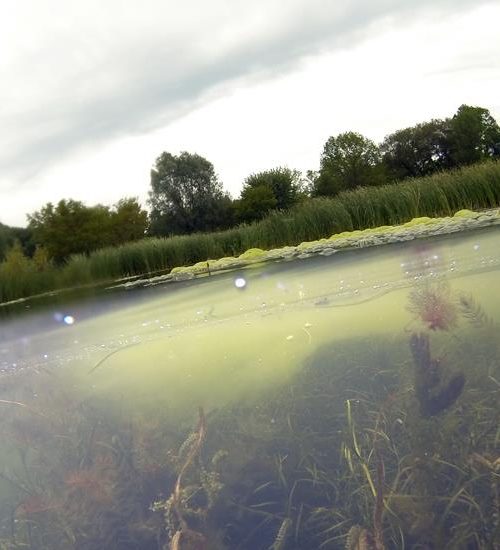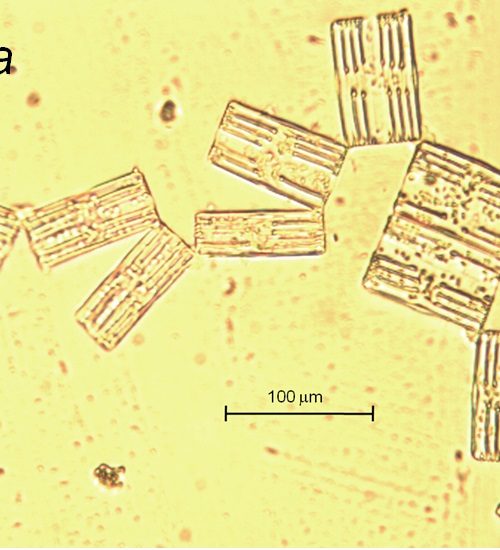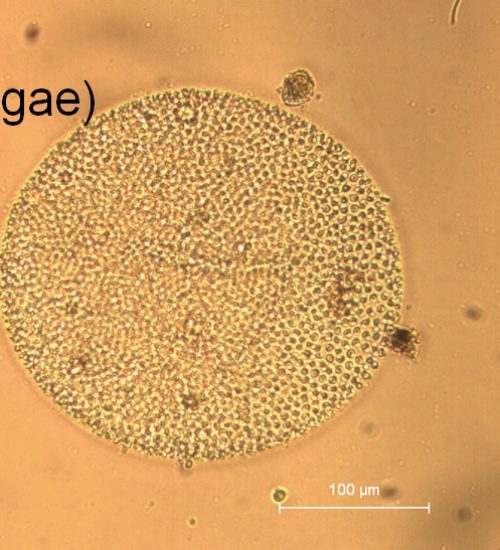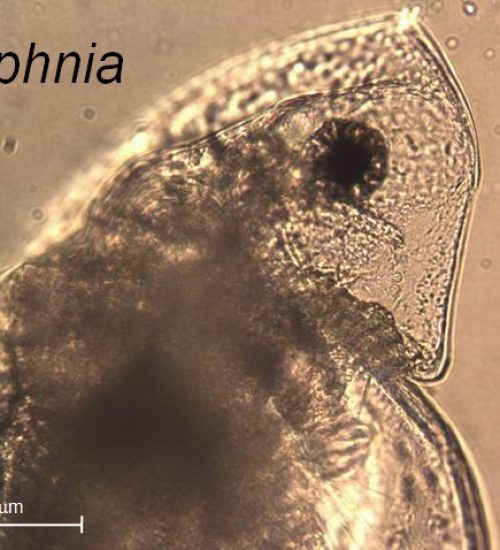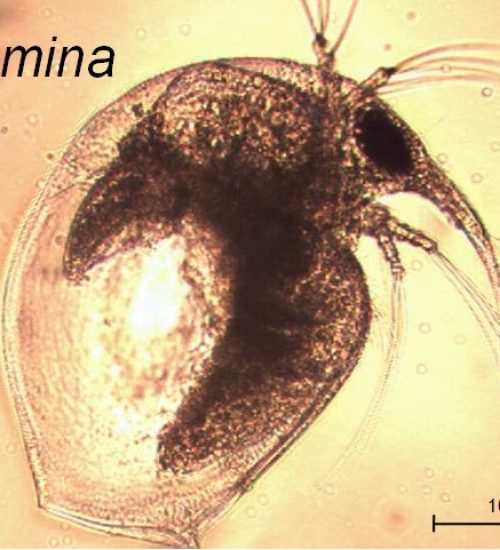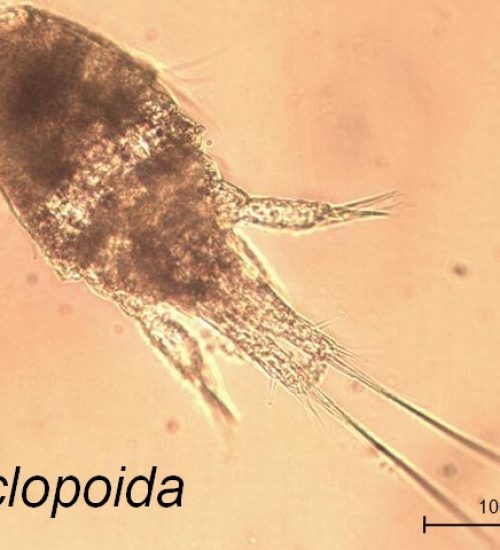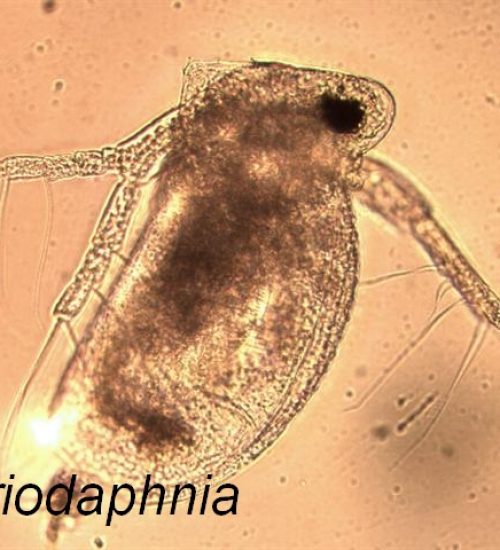Descriptions of Water Quality Variables
Nutrients
These are essential for growth and reproduction of living organisms. Two key nutrients are phosphorus and nitrogen. Although naturally found in the environment, excessive amounts create imbalances in plant and animal communities and can adversely affect our recreational water use.
Total Phosphorus – This is a measure of the concentration of organic and inorganic (e.g. bound to sediment) forms of phosphorus in the water. Phosphorus is the most limiting nutrient for algal growth, so increases will generally lead to increased densities. Lakes are considered eutrophic, or enriched, at values over 30 µg/L, and oligotrophic, or unenriched, at values under 10 µg/L. Mesotrophic, or moderately enriched lakes have concentrations between 10-30 µg/L. The RAP target for Severn Sound is 15 µg/L and 20 µg/L in Penetang Harbour.
Total Ammonia, Total Nitrate, Total Kjeldahl Nitrogen – These are various forms of nitrogen. Nitrogen is also an important nutrient for algal growth. Sources can be both natural (air and soil) and anthropogenic (fertilizers, animal and human waste). Ammonia and nitrate are highly available to plants and algae, and tend to be used up quickly, leading to a sharp decline in concentration between spring and fall. Total Kjeldahl nitrogen is an organic form of nitrogen.There are no RAP targets for nitrogen.
Temperature
Temperature regulates many chemical and biological processes, from algae production to dissolved oxygen concentration, to timing of fish spawning. It is important to measure temperature to help explain water quality conditions, and to track impacts of climate change.
Dissolved Oxygen
Fish and aquatic insects require adequate levels of dissolved oxygen to survive. Low oxygen levels in bottom waters can be a symptom of eutrophication, and can lead to fish kills and the release of nutrients from lake sediments. Low oxygen can also be caused by natural processes, such as breakdown of large amounts of organic inputs from upstream wetlands. The RAP target for Severn Sound (including Penetang Harbour) is 5 µg/L.
Water Clarity
Measured using a Secchi disk, this is a measure of the amount of particles (sediment and algae) and colour in the water column. “Tea” coloured waters (e.g. in Honey Harbour area embayments) can have low clarity due to the tannic acids leaching from nearby wetlands. The RAP target for Severn Sound is 3 m and 2 m in Penetang Harbour.
Chlorophyll a
This is a pigment found in all plants and algae, and the amount in a water sample is related to the amount of algae in the water. Values over 5 µg/L indicate eutrophic conditions, while values under 2 µg/L indicate oligotrophic conditions. The RAP target for Severn Sound is 5 µg/L and 7 µg/L in Penetang Harbour.
Algae (Phytoplankton)
These microscopic plants grow suspended in the water column. Algae biomass can vary throughout the season depending on light, temperature, wind conditions, and nutrient availability. The right combination of these factors can result in algal blooms, which can affect the taste and odour of drinking water, produce toxins, and cause beach fouling. There are no specific RAP targets for algae biomass, however the goal is to maintain an algae community that indicates moderately enriched conditions. There is a wide variety of species present in our area, which can be grouped into 7 major classes: Green algae (Chlorophytes), Diatoms (Bacillariophytes), Red algae (Cryptophytes), Blue Green algae (Cyanophytes), Dinoflagellates (Dinophytes), Euglenophytes, and Golden algae (Chrysophytes). The proportion of the algae community that is made up of these different classes can be used as an indicator of the nutrient status of a lake.
Zooplankton
These microscopic invertebrates live suspended in the water column. Sometimes called the “lawnmowers of the lake”, most feed on algae and other particles found in the water column. They are important food for larval stages of all fish and for adult forage fish.
Zooplankton help keep algal populations in check through their grazing activities and a lack of grazers can lead to overgrowth of algae.
